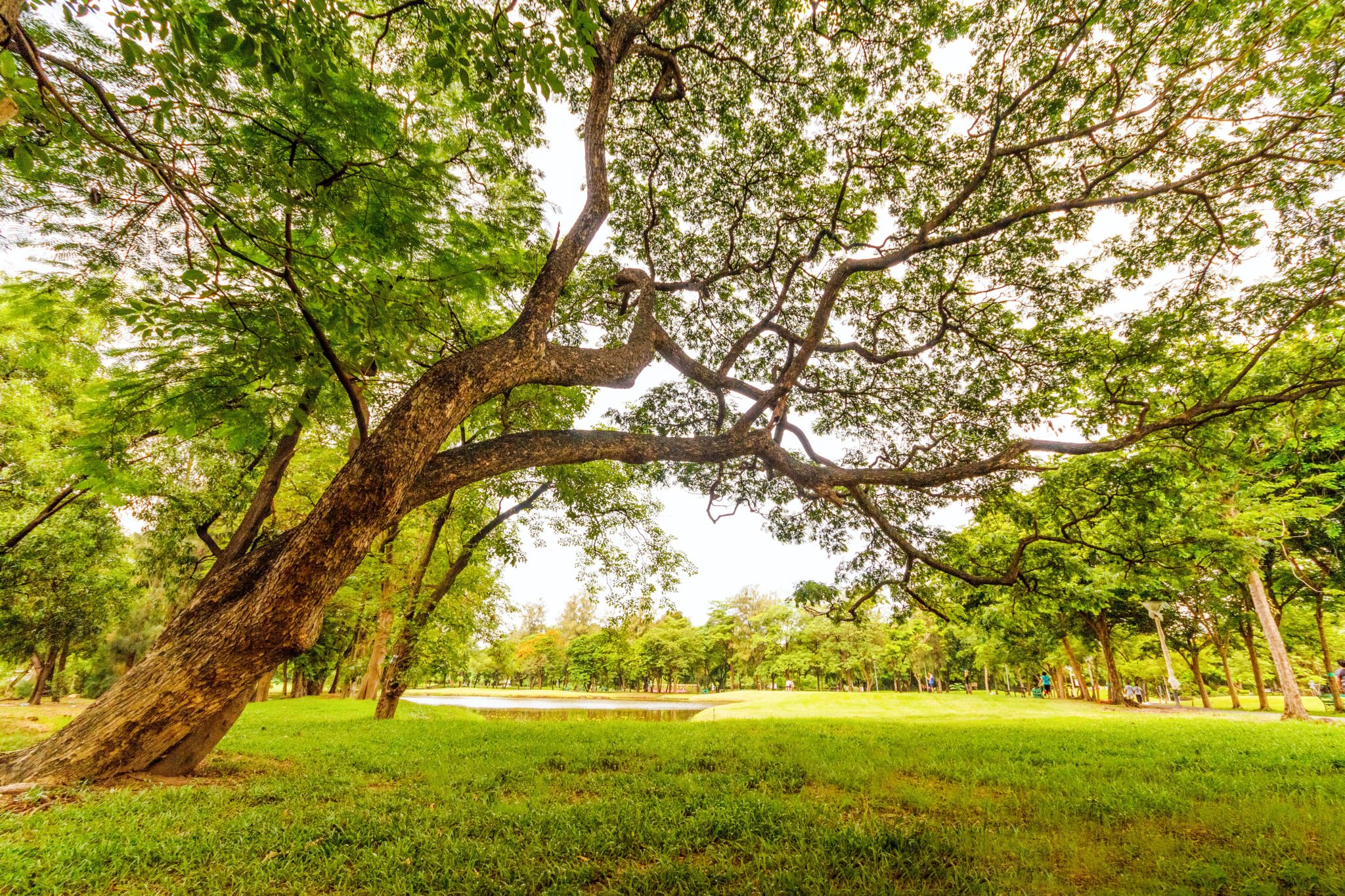
There are a number of things to keep in mind when planning a funeral, including funeral burial preferences. While most people opt for traditional funeral burial or cremation, there are actually a variety of interment options that are available and might fit better with your budget or religious or moral beliefs.
Traditional Funeral Burial
While ground burials are the most common and traditional burial method that people choose, they aren’t as eco-friendly as other options. Bodies are typically placed into a casket after being embalmed and then buried in a cemetery. The gravesite is then marked with a headstone or other marker so that surviving loved ones have a place to visit and pay their respects.
Cremation Services
Cremation has been a popular interment process for approximately 2,000 years and has evolved during that time. Today, crematories have industrial applications that are designed specifically for the cremation process. The cremation chamber is called a retort and is big enough to accommodate one human body. These chambers are required to stay up to environmental and air quality codes and are powered on propane, natural gas, or diesel. All cremation chambers are computerized now with automated cremation processes that take 2-3 hours to complete.
Once the operator at the crematory places the container into the chamber, the body is exposed to extreme heat, evaporation, and open flames to reduce it to “ashes,” which are mostly bone fragments. After the body is properly cremated, the remains have to cool before the operator can open the chamber. Then, they remove any metal or nonhuman material left behind, such as screws or pins, and recycle it responsibly.
Then, they put the “ashes” in an urn of your choosing or a temporary container. You will receive anywhere from 3 to 9 pounds of cremated remains back from the funeral home. Many crematories but not all will allow you to attend the initial part of the cremation if you are a close relative, so check with the facility you’re considering to see if they allow this, and if so, how many people are able to attend, usually it’s only about 1-4 people.
Aquamation
Aquamation, also known as alkaline hydrolysis, uses water flow and alkalinity instead of heat to deteriorate a body, “bathing” the body in water until it is decomposed. Similar to cremated, aquamated remains consist of bone fragments that are then returned to the family. These remains resemble sand rather than the ash-like remains from the cremation process.
Resomation
For those looking for an eco-friendly alternative to a traditional burial, resomation is similar to aquamation and uses high pressure and alkali combined with a water-based solution to decompose the body until all that remains is liquid and “ash.” People who choose this option often pour the remaining liquid into a garden or a place in nature that was special to their loved one. The remaining ashes are placed into an urn or scattered.

Space Burial
While a space burial is not budget-friendly nor is it very eco-friendly, it certainly is a cool and interesting interment option. Space burials consist of a deceased person’s cremains or full remains being launched into space via a rocket.
Green Burial
A green burial, also known as natural burial, is simply an eco-friendly burial option that can reduce your carbon footprint and also reduce funeral costs. You can choose something as simple as wrapping your loved one in a cotton wrap before burying them, or you can choose to bury your loved one in a conservation park, a place that allows families to plant memorial flowers, shrubs, or even trees where their loved one is buried to act as a grave marker.
Green burials are rising in popularity mostly because people like to think of their body returning to nature, while others appreciate that this method is environmentally-friendly. Conservation parks also use burial fees to protect, restore, and manage the land where people are buried, which helps with conservation efforts.
If there isn’t a green cemetery where you live, you can still have an eco-friendly burial by choosing more sustainable and green caskets, liners, and more.
Tree burial & tree pod burial
Tree planting has risen in popularity in recent years as an alternative to traditional funeral burial methods. This process involves placing your loved one’s ashes into the soil with a tree seed that can grow over time and serve as a special memorial for years to come.
In 2017, Italian designers Raoul Bretzel and Anna Citelli created an egg-shaped pod for cremated remains and full remains that can be planted beneath a sapling tree. Over time, the biodegradable shell of the pod breaks down and the person’s remains provide essential nutrients for the tree.
Sky Burial
A sky burial is a Tibetan tradition that involves exposing a body to natural elements until it is decomposed. In Tibet, after a person dies, the family wraps them in a white cloth and mourns them in the family home for three to five days.
After this mourning period, the body is carried outside—typically up into the mountains—and placed in the fetal position. The Lamas—spiritual leaders in Tibet—burn Su to attract vultures and other animals to the body. Tibetans do this because the soil is not suitable for ground burials and also because traditions state that this method allows for the “ascension of souls into heaven.”

Burial At Sea
During a sea burial ceremony, the deceased is placed in a biodegradable casket or cloth and lowered into the water either as-is or in a wooden rowboat.
Sea burials are very popular among Sailors and Marine veterans who feel honored to return to the sea for their final resting place. Anyone can be buried at sea with the proper permissions, but the only people who can have a sea burial performed on a U.S. military vessel are:
- Honorably discharged veterans or retirees
- Active duty military
- Dependents of active duty military members, veterans, or retirees
Since military burials take place on military ships, most family members cannot attend the ceremony but often choose to charter a civilian vessel so that they can still view the ceremony from afar.
If you or your loved one is not involved in the military, you’ll have to get special permits from the Environmental Protection Agency (EPA) and charter a specialized vessel for the burial. The EPA will assign you a permit and let you know the requirements for how far from shore you can bury the body. This also applies to scattering a loved one’s ashes in the sea. Your local funeral director should be able to help you find sea burial services.
Home Burial
Many people choose home burials because they’re more intimate and often more eco- and budget-friendly. Each state has its own laws for home burials, so it’s best to check with your local government to obtain any necessary permits, licenses, or paperwork, but as long as you own your land and live in a state where home burial is legal, you should be able to bury your loved one at home and even create a beautiful memorial to them to mark their gravesite.



Recent Comments